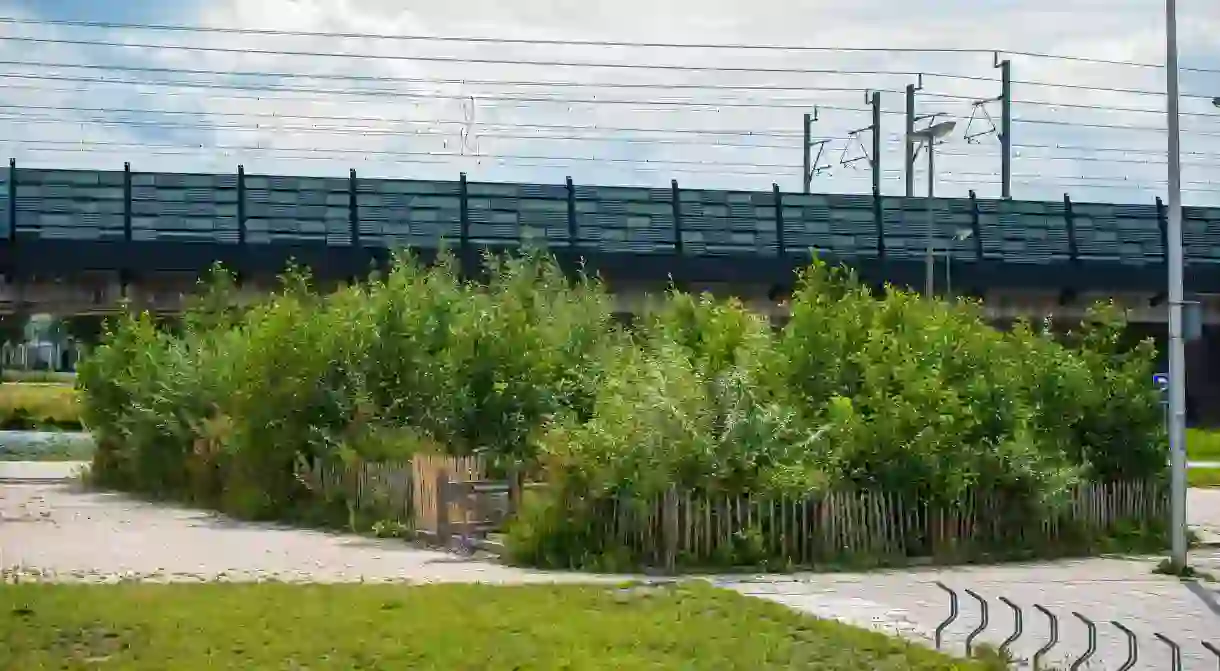These Tiny Forests Could Be the Answer to Climate Change

Environmental charity Earthwatch plans to plant 150 tiny forests in the UK by 2023, in a bid to tackle the climate crisis. Culture Trip learns more about the project and how to get involved.
The UK boasts roughly 1.40 million hectares (3.5 million acres) of forest across natural-beauty spots such as Perthshire, the New Forest and Snowdonia, but its urban spaces and cities are seriously lacking.
By 2023, non-profit environmental charity Earthwatch wants to change this. The team is on a mission to boost the mental and physical wellbeing of city dwellers while improving air quality, promoting biodiversity and climate cooling, and lowering flood risks through planting 150 densely compact, fast-growing forests in tennis-court-size plots.

Making the most of each hectare of land, the Tiny Forests are designed to be 30 times denser than conventional tree plantings, comprising 600 chemical- and fertiliser-free native trees. The charity has so far successfully planted one forest in Witney, Oxfordshire, with a second one planned in November 2020 and funding secured for 15 more up and down the country.
The Tiny Forest methodology
Developed in the 1970s by Japanese botanist Dr Akira Miyawaki, the Tiny Forest concept has seen a resurgence since 2010, thanks to the CEO of Afforestt, Shubhendu Sharma.

“Over 3,000 forests have been planted worldwide using the Tiny Forest methodology,” says Elizabeth Hunston, Earthwatch communications coordinator. This number includes close to 100 Tiny Forests in the Netherlands via Dutch organisation IVN Nature Education, which supports Earthwatch’s efforts.
The Tiny Forest ethos and how to get involved
Hosting, funding and donating are the three pathways to bringing a Tiny Forest to life. “We are seeking partnerships with businesses and landowners to grow the Tiny Forest movement across the UK,” says Hunston. “In terms of land, we welcome any suggestions from the landowner, but can also work with them to connect with local councils. If funding isn’t available, Earthwatch can work to connect people with local businesses. Alternatively, we can look into our existing corporate relationships or even use a crowd-funding platform.”

And at the core of Earthwatch’s philosophy is a collaborative approach. The planting day – which can be anytime between November to March – is designed to involve partners, corporations and local communities. “We are keen to engage as much of the local community and any local schools as possible on planting day,” says Hunston. “We would also want to engage the community for the citizen science monitoring and evaluation days later on in the year.”
These planting days, for the first three years, plan to take place across the UK. However, its vision isn’t restricted, with scaling up in Europe on the cards.













